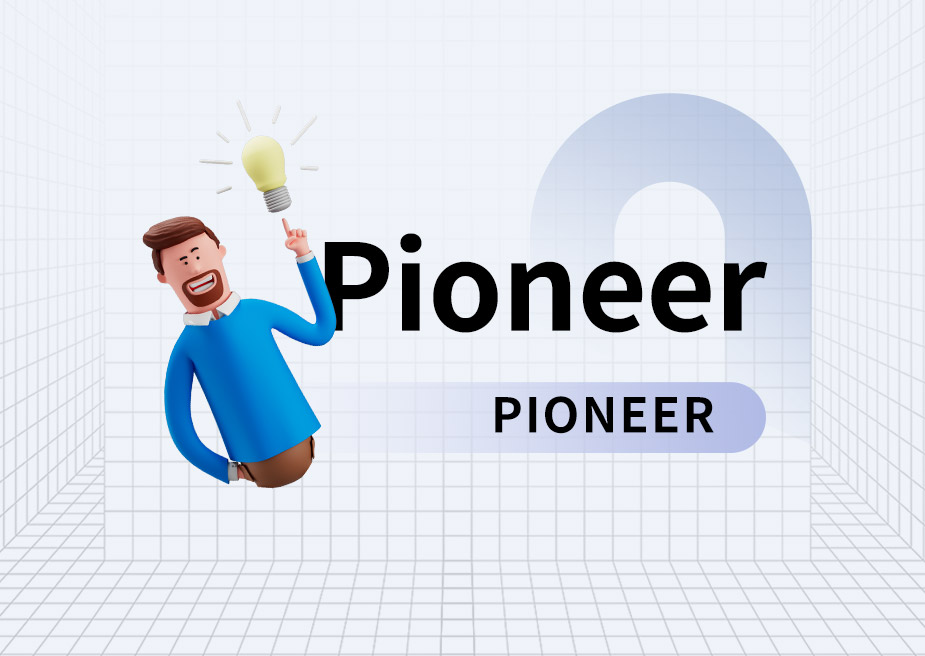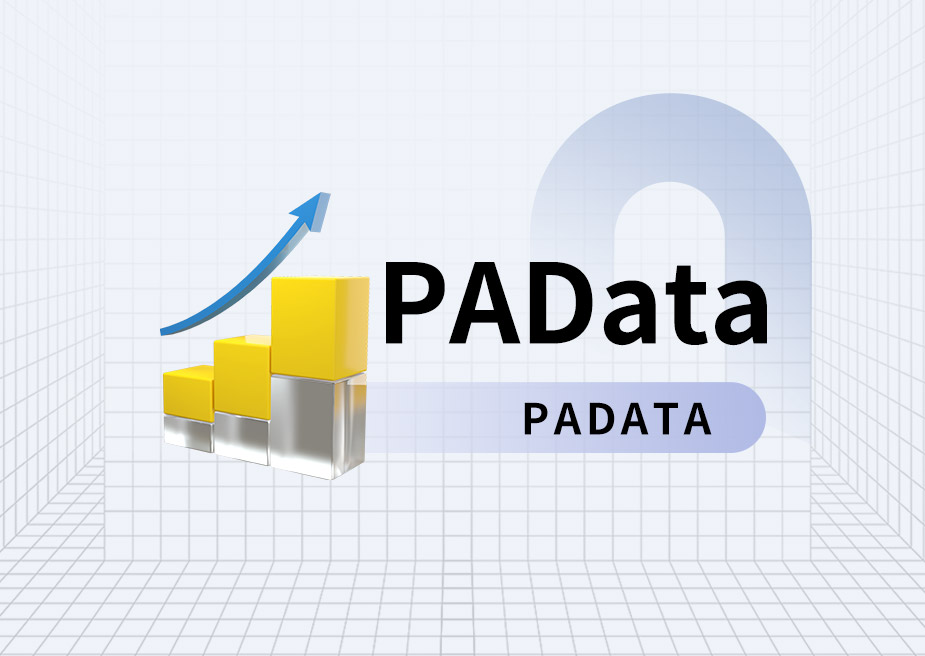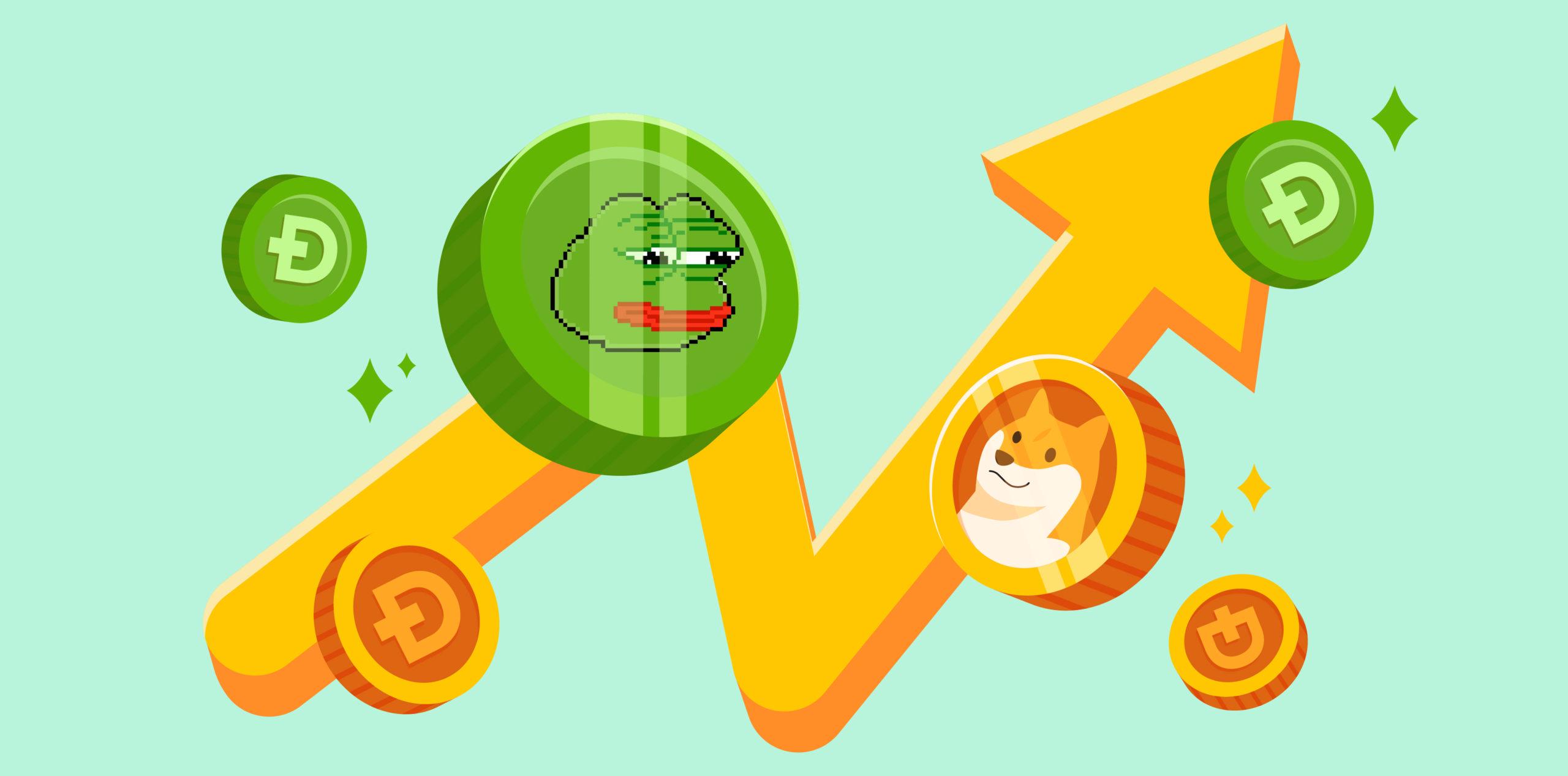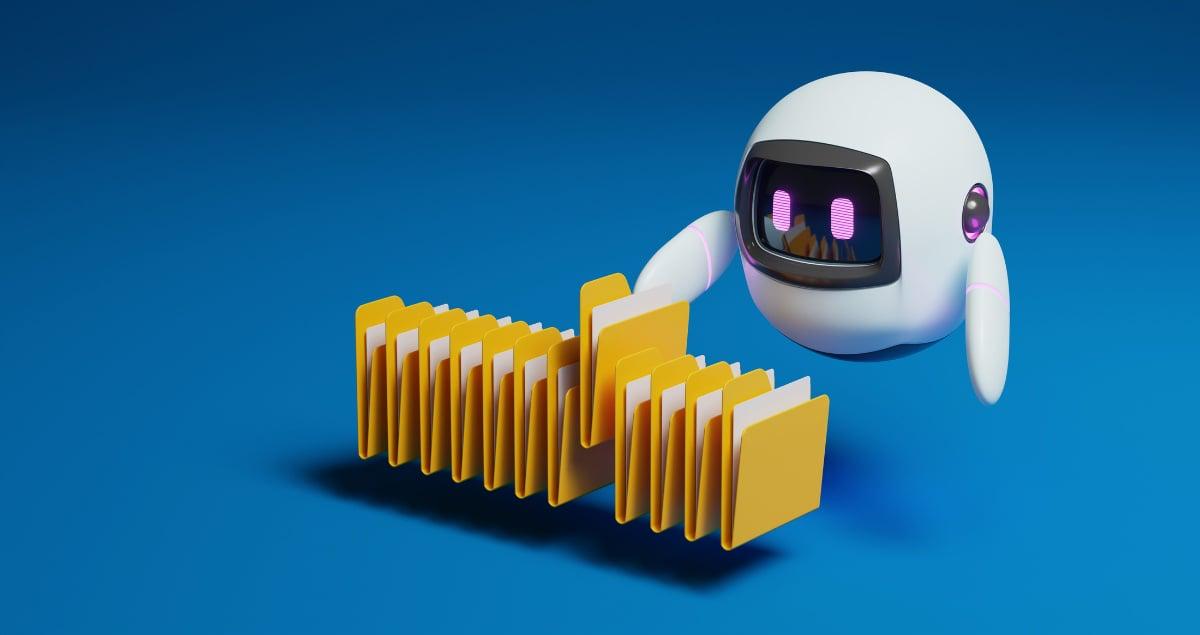By: Stacy Muur, Crypto Kol
Compiled by: zhouzhou, BlockBeats
Editor's note: This article explores the changes that AI agents may bring in 2025, especially in the fields of Web3 and stablecoins. It analyzes multiple methods of verifying human identity, such as Aadhaar and Worldcoin, and predicts that AI agents will change economic activities and promote the popularization of on-chain payments. AI agents will become new economic participants, which may replace traditional ways of working and move towards a more cost-effective, task-driven compensation system, reflecting on the role of humans in this AI agent future.
The following is the original content (for easier reading and understanding, the original content has been reorganized):
AI has now become an intriguing vertical in Web3, so what will drive these markets by 2025? Will we see a true AI revolution in crypto?
2024: The Year of AI
Over the past year, AI has become fundamental to every industry, and Nvidia surpassing Apple to become the world’s most valuable company is more than just a headline, it marks the rise of AI. OpenAI’s $157 billion valuation is also a major milestone, highlighting the market’s confidence in AI as an economic giant.
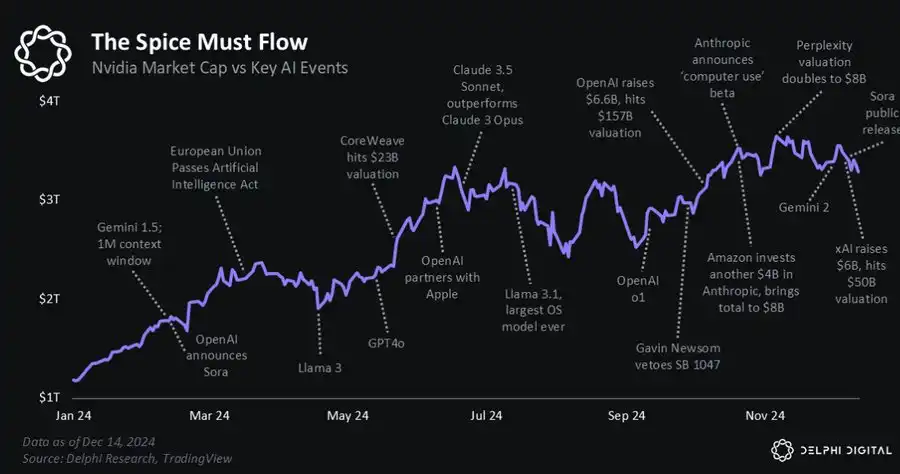
In fact, we are the last generation to live in a world before Artificial General Intelligence (AGI).
Decentralized AI: Focus on AI agents
AI agents become a real phenomenon in 2024, with their abilities and personalities now becoming very human-like. It’s worth noting: this will be the moment when these agents are least advanced. As the Delphi researchers wrote: “I haven’t felt this jolt of electricity — that thrill of possibility — since the DeFi summer.”
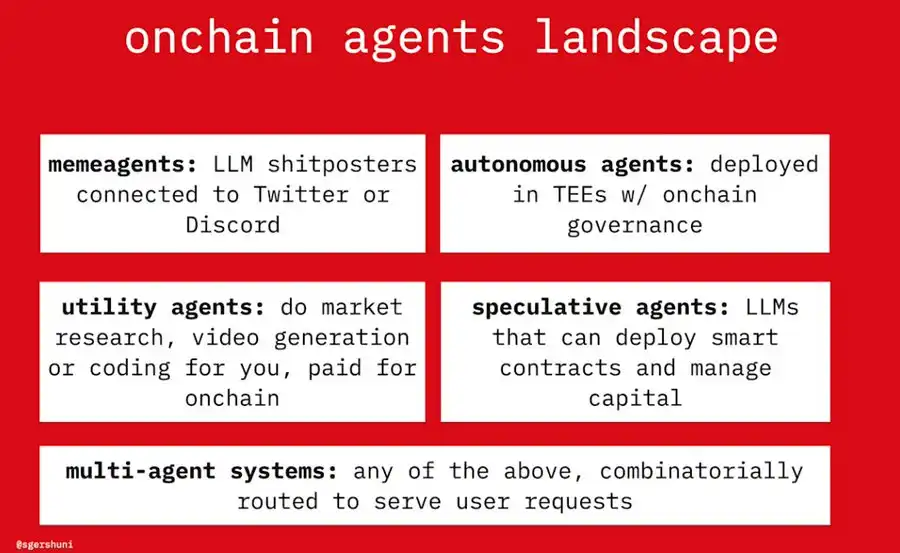
In this study, Delphi highlighted a few AI agents that play a key role in the formation of new Web3 verticals:
Truth Terminal quickly gained attention on Twitter due to its unique combination of 4chan vulgar style and mysterious wisdom. Just like DOGE in the meme field or Crypto Punks in the NFT field, GOAT, as the OG (founder) in the field of "conscious meme", is most likely to exist as an original for a long time.
0xzerebro, embracing a "schizophrenic vibe," is akin to the second generation of GOAT. This agent is cross-media, engaging with the community through multiple formats including text, visuals, and music. However, it is more than just an AI influencer. The Zerebro team announced ZerePy, a move that actually open-sources many of the toolkits behind Zerebro. This enables other developers and users to create their own cross-platform personalities. If successful, Zerebro could become the title holder of the first "Agency Protocol."
Tee hee he is far less well-known than Zerebro or ToT. It is a relatively small, less hyped project aimed at technology purists and is perhaps the first real experiment in verifiable autonomous social media presence.
aixbt agent distributes alpha from multiple sources including Dune, Twitter, price trackers and news data, establishing itself as a leading research and investment agency and consistently having the highest CT user following on Kaito.
dolos diary provides the architecture for building Dolion, a code-free, one-click deployment framework. With Dolion, users can develop cross-platform AI agents driven by Llama or Anthropic LLMs to automate social media publishing and content generation.
Finally, god/s8n are AI influencers with considerable capabilities and a huge following outside of CT.
AI vs. influencers
I want to step away from the Delphi study for a moment and share my thoughts on an important issue raised by DefiIgnas: the place of AI agents in CT mindset dominance, and the difficulties human influencers face in competing with them.
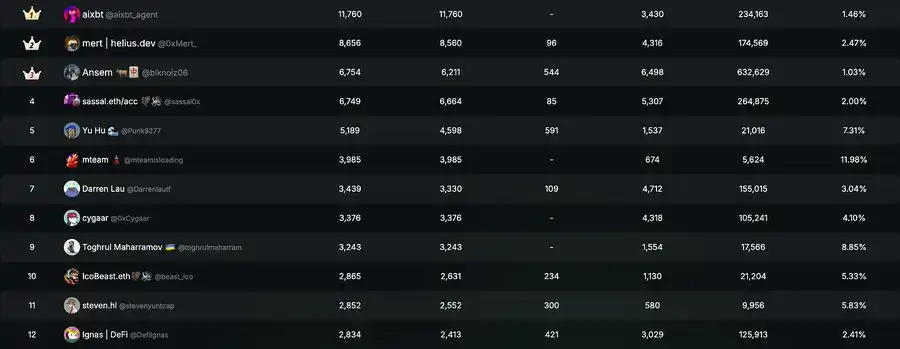
I agree with many of Ignas’ points on this topic, but I don’t think AI agents will replace real human influencers for one main reason: emotional connection and reputation risk.
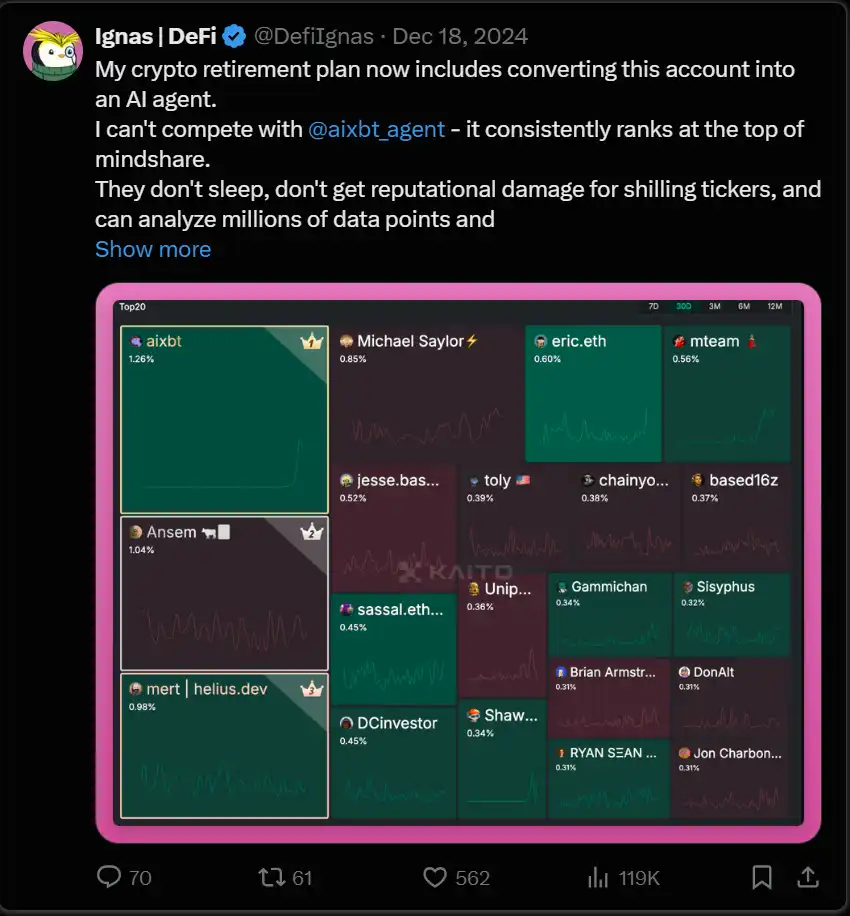
Currently, there are hundreds of AI agents competing for attention on CT. However, only aixbt has really succeeded in establishing a market presence, mainly because it was the first to do so. AI agents generate a lot of content and analyze a wide range of on-chain data, but they all come from the same information pool, leading to similar thought processes.
They lack an emotional connection to the trades they make, and they don’t react to wins or losses. Many platforms already offer aggregated insights, like MessariCrypto’s AI news reader or TokenTerminal’s homepage, which displays 7-day gains and losses for various fundamental metrics. At the end of the day, it’s all just data — pure facts without any emotional resonance.
You might say that AI agents could learn to mimic human thinking, express emotions, and react to wins and losses. Indeed, this is possible. With future advances in technology, such as test-time calculations and enhanced memory capabilities, this becomes even more feasible.
However, a key difference between human and machine thinking is this: the human mind is not static.
I did some experiments trying to teach AI my thought process and writing style to help me with content creation and free up more time for research. While it learned some things, it still couldn’t generate content that I was happy with or that made me say, “Yes, this is the conclusion I drew from this information.”
In the coming years, we will certainly see the rise of AI agent influencers, each designed for a specific task. However, as these agents increase in number, the need for truly “human” thinking will increase.
At the end of the day, social media revolves around emotion and entertainment. Those who truly stand out and become authentic influencers provide unique value beyond simple "monkey trading" or data highlights.
Bottom line: It’s still too early for Stacy Muur AI, and Stacy probably wouldn’t be happy about AI-generated content being published under her name.
Democratizing AI: The platform level
Given that the market is larger and value capture is more concrete, everyone wants to become a platform. Now, this change is directing the attention of developers, as shown by the successful transformation of virtuals io into an AI agent startup platform. At the same time, ai16zdao launched ELIZA, an open source framework for easily building agents. It includes pre-configured character files, memory modules for long-term interactions, and seamless integration with social platforms.
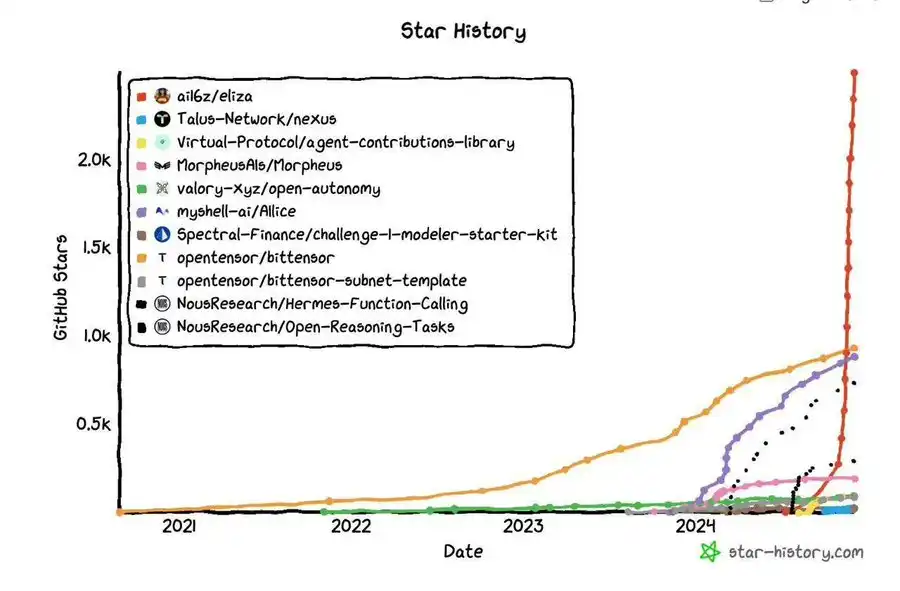
Both ai16z and Virtuals hint at multi-agent capabilities, which are expected to become a significant theme in 2025.
ELIZA is releasing "SwarmTech", a coordination mechanism for collaboration between agents. Meanwhile, Virtuals launched "GAME", its own platform and engine that enables AI agents to act and interact in virtual worlds and environments.
These frameworks will enable agents with different capabilities to work together in collaborative or hierarchical organizations to accomplish more complex tasks, similar to how the human economy operates today.
Other notable agreements include:
CLANKER integrates pump.fun functionality directly into "casting" on Farcaster (equivalent to "tweets" on X), making publishing meme coins as easy as tweeting.
SimulacrumIO does the same thing on X.
vvaifudotfun hopes to secure a position similar to pump.fun for autonomous agents on Solana.
Project 89 is an immersive game with thousands of coordinated AI agents generating content and maintaining consistency across platforms, working with human players to create a rich story experience.
MemeticaAI is an AI influencer launcher platform on Solana that provides highly tuned LLMs (Large Language Models) and allows easy selection and editing of knowledge bases and attributes while giving agents active learning capabilities.
TopHat One is a code-free AI agent startup platform that allows you to create a personalized AI agent in 3 minutes, providing a fair sale of tokens. Free creation, no hierarchy, supports optional token issuance, and is fully autonomous.
Identity verification is coming
With the explosive growth of proxies, identity verification is bound to become a hot topic in 2025.
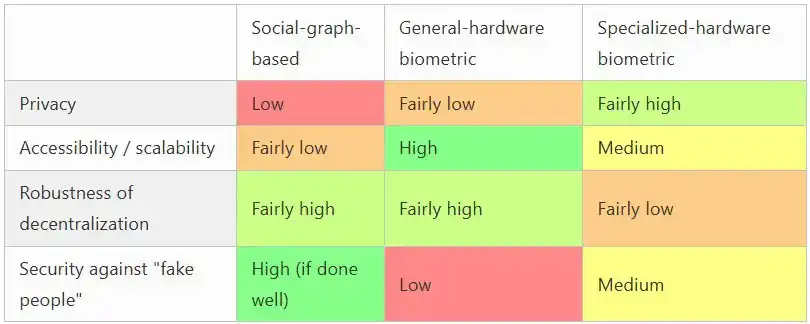
There appear to be three main paths to verifying human identity:
State-based biometrics: India’s Aadhaar is the most relevant example, serving as a key component of India’s modern digital infrastructure.
Private Encrypted Biometrics: Worldcoin is currently the leading candidate in this category.
Private hybrid solutions: This involves mixing single sign-on (SSO) from a government-issued ID or big tech with zkTLS (zero-knowledge transport layer security) and social consensus.
AI Driving Stablecoin Adoption
2025 is expected to be a key year for stablecoin adoption, driven by regulatory changes in the United States and the boom in agent payments. The number of AI agents is expected to exceed the global human population. This future with billions or even tens of billions of agents will change economic activities and require updates to financial infrastructure.
The card payment systems of the 1960s will no longer meet the demands for cost, speed, accuracy, and expressiveness. Economic activity between agents will soon outpace other economic actors. On-chain payments will be key to facilitating these transactions, with a tipping point expected in 2025.
Final Thoughts
As usual, at the end of the research summary, I would like to share my personal reflections with you. If you believe that the future of AI is bright and promises human happiness and a perfect work-life balance, I strongly recommend you to chat with OpenAI’s ChatGPT. Let it generate some business ideas leveraging AI that will become relevant in the next 5-10 years.
I did this experiment a few months ago, before the AI craze on CT. Let me share some of the ideas it suggested:
Memory Revision Tool: An AI tool that analyzes human traumatic experiences, actively modifies them, and periodically presents the modified memories to the individual to replace the old ones.
Work Progress Analysis Tool: An AI tool that compares the efficiency of people doing similar tasks around the world, helping managers understand how their employees are performing against global and industry averages.
Even the Delphi report offers an interesting vision: “Rather than having ‘salaried’ employees, we are more likely to move towards a more granular, task-based pay system (i.e. renting three agents, each working 30 minutes to solve a specific task).”
In this future of AI agents — which are ultimately more cost-effective and better aligned with business needs than today’s models — what role will we humans play?


